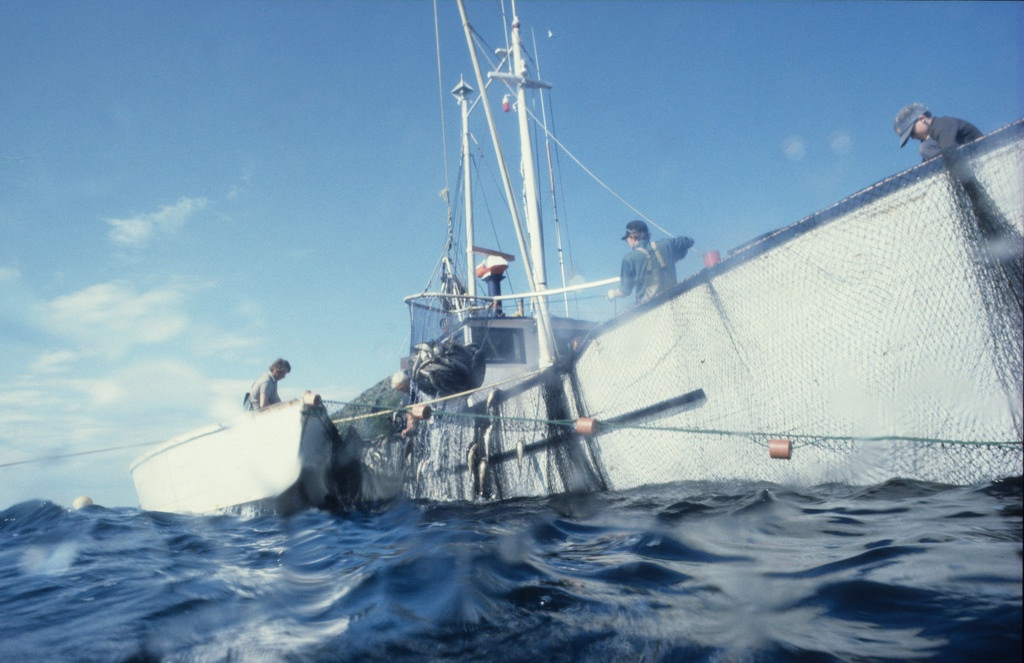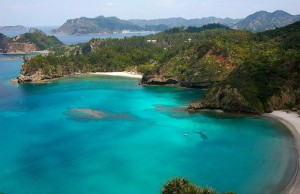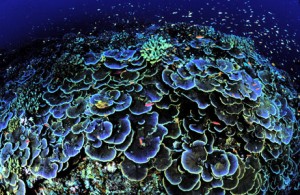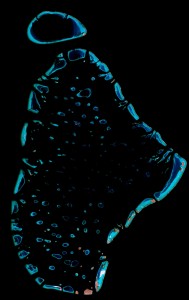As we mentioned in a previous post, last November Sea Around Us principal investigator Dr. Daniel Pauly was conferred the 2016 Albert Ier Grand Medal in the Science category.
In a ceremony held at the Maison des Océans in Paris, Pauly was handed the award by Albert II, Prince of Monaco, and M. Robert Calcagno, General Director of the Institute Océanographique.
Feeling hugely proud and very pleased by the honour, he said that the importance of the distinction is that it helps bring attention to the urgent issues affecting the world’s oceans.





